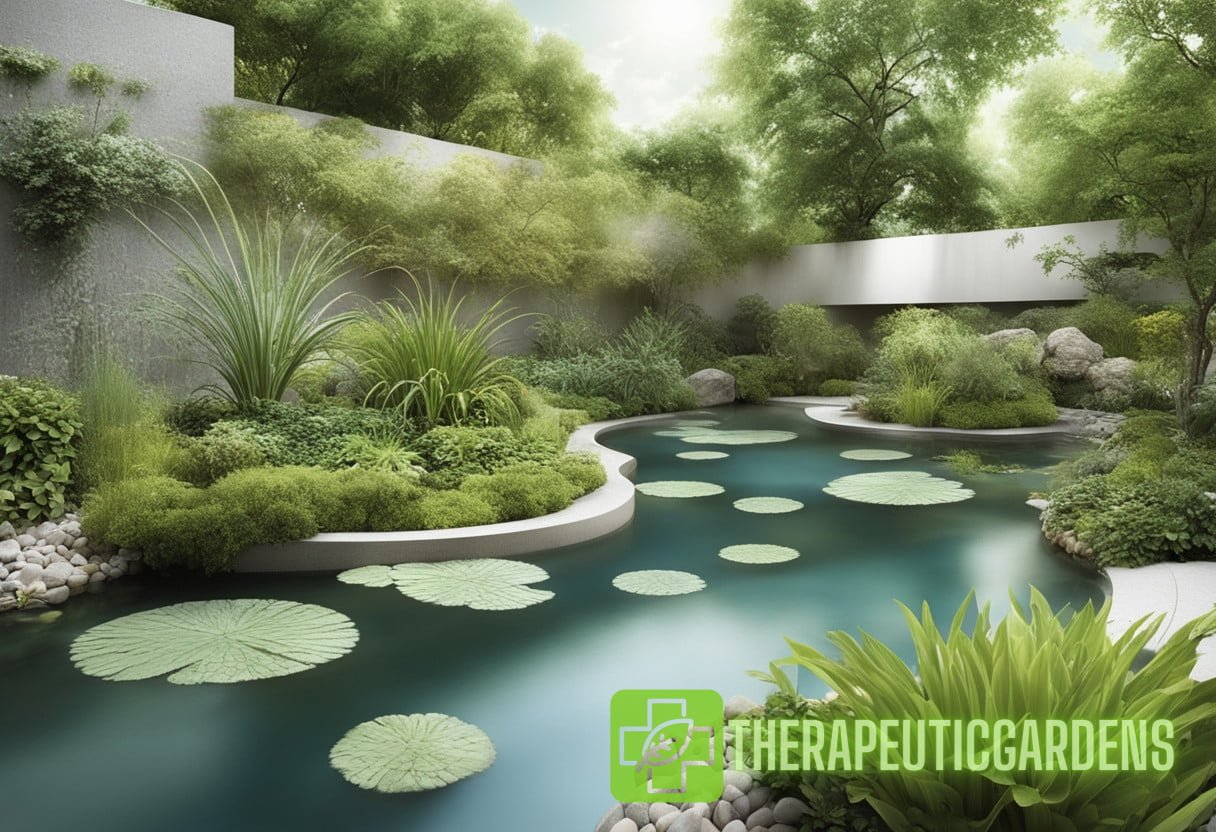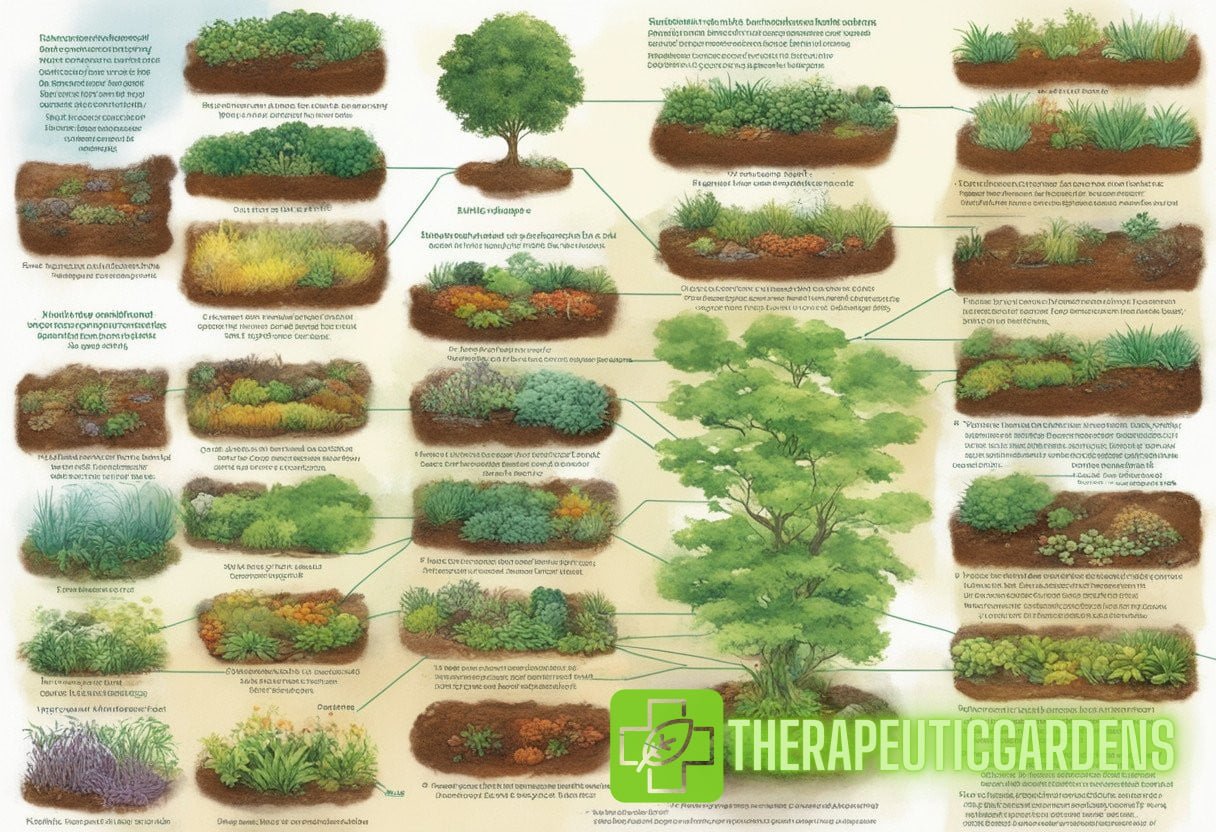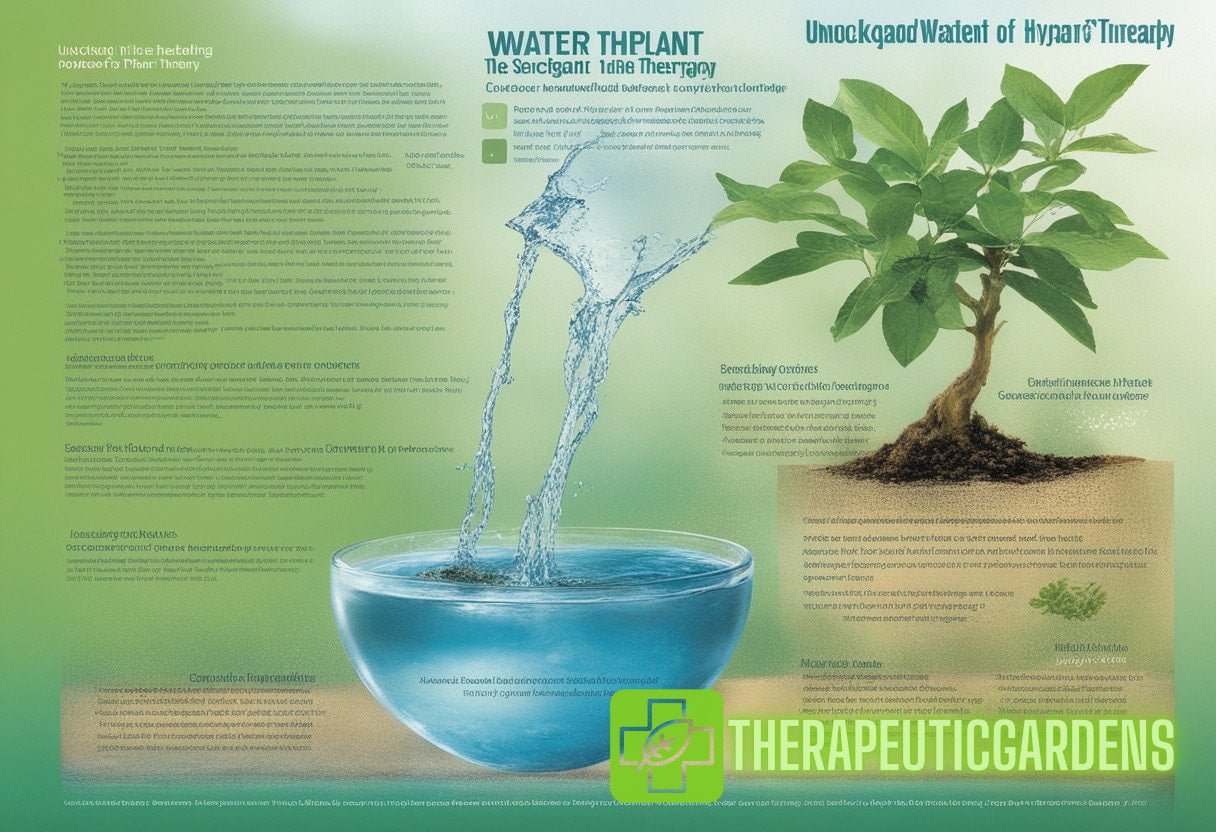Hydro-Harmony: Exploring the Synergistic Healing of Aquatic Plants and Water
Introduction to Hydro-Harmony: The Synergy Between Aquatic Plants and Water
The healing properties of water have been celebrated for centuries, and when combined with the natural benefits of aquatic plants, a potent blend of therapeutic effects emerges.
The Foundation of Hydro-Harmony
The Therapeutic Benefits of Water
Water is a fundamental element in various healing practices around the world. From ancient Roman baths to modern hydrotherapy, the benefits of water are well-documented. Water therapy is known to:
- Reduce Stress: Immersion in water has a calming effect on the body and mind, decreasing stress levels and promoting relaxation.
- Eases Pain: The buoyancy of water reduces the strain on muscles and joints, providing relief from chronic pain conditions such as arthritis.
- Enhance Circulation: Hydrotherapy improves blood circulation, aiding in the delivery of nutrients and oxygen to different parts of the body.
The Healing Power of Aquatic Plants
Aquatic plants are not only aesthetically pleasing but also possess a range of therapeutic qualities. Key benefits include:
- Air Purification: Aquatic plants, such as water lilies and lotus, help purify air by absorbing toxins and releasing oxygen.
- Reducing Anxiety: The presence of aquatic plants has been shown to reduce anxiety levels and promote mental well-being.
- Environmental Stability: These plants stabilize water ecosystems, promoting a balanced environment that can be harnessed for therapeutic uses.
The Science Behind the Synergy
Biofiltration and Water Quality
One crucial aspect of Hydro-Harmony is the role of aquatic plants in biofiltration. Biofiltration involves the natural processing of water pollutants by plants, thereby enhancing water quality. Studies indicate that aquatic plants can significantly reduce contaminants such as nitrogen and phosphorus, thereby creating a cleaner, healthier aquatic environment.
To delve deeper into the synergy between water and plants in therapeutic contexts, check out this article on water therapy.
Psychological Benefits: Stress Reduction and Enhanced Mood
The soothing presence of moving water combined with the sight of lush aquatic plants creates a multi-sensory experience that promotes relaxation. Medical studies have shown that environments incorporating these elements can reduce cortisol levels and alleviate symptoms of depression.
Applications of Hydro-Harmony in Therapeutic Settings
Hydrotherapy Spas
Many modern hydrotherapy spas integrate aquatic plants into their designs, creating a serene natural environment. Elements such as water gardens, lily ponds, and floating plant islands are often incorporated to enhance the overall therapeutic experience.
Healing Gardens

Healing gardens specifically designed for therapeutic purposes frequently utilize aquatic plants. These plants contribute to creating tranquil, meditative spaces that promote mental well-being and spiritual connectivity. For comprehensive understanding of water-adapted healing, visit this informative guide.
Aquatic Therapy
Aquatic therapy often involves immersing patients in water environments populated with aquatic plants, which help create sensory-rich settings that both facilitate physical rehabilitation and contribute to mental relaxation. Naturalistic settings with aquatic plants are particularly effective in promoting healing and balance.
Case Studies and Real-World Examples
Clinical Studies
Various clinical studies have examined the effects of Hydro-Harmony in therapeutic settings. One study highlighted that patients exposed to water features with integrated aquatic plants reported higher satisfaction and improved mood compared to those in traditional clinical environments.
Success Stories
Real-world applications of Hydro-Harmony demonstrate its effectiveness. For example, a rehabilitation center in California integrated a series of water features with aquatic plants into their therapeutic grounds. Patients reported significant improvements in mental clarity and reduced levels of pain.
Implementing Hydro-Harmony in Personal Spaces
Indoor Water Gardens
Integrating small-scale water gardens into home environments can bring the benefits of Hydro-Harmony into daily life. Common options include tabletop fountains with planted water species such as water lettuce and duckweed.
Outdoor Ponds
Outdoor ponds populated with aquatic plants can transform backyard spaces into personal sanctuaries. Popular choices include installation of koi ponds complemented with water lilies, lotus, and papyrus.
DIY Tips for Beginners
- Choose the Right Plants: Select aquatic plants that are well-suited to your climate and water conditions.
- Balance the Ecosystem: Incorporate a variety of plants to maintain a balanced aquatic ecosystem that promotes both water quality and visual appeal.
- Maintain Regular Care: Regularly check water quality, remove dead plant material, and monitor for pests to ensure a healthy environment.
The Future of Hydro-Harmony
The recognition of the synergistic healing potential of aquatic plants and water is on the rise. Future advancements in science and technology may bring new applications and innovations in this field, offering even greater benefits for personal health and the environment.
Conclusion
The concept of Hydro-Harmony encapsulates the harmonious relationship between water and aquatic plants, offering a novel approach to holistic well-being. By understanding and implementing the therapeutic benefits of these natural elements, we can create environments that foster physical health, mental relaxation, and environmental stability.



